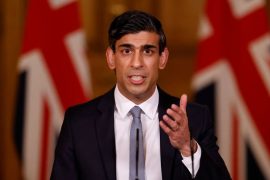Climate Change is almost always treated as someone else’s problem. For well over a century, this ‘someone else’ has been extrapolated to include entire nations.
The United Nations Framework Convention on Climate Change (UNFCC), that happens every year is a depressing sign. Its constituent nations skim over the elephant polluter in the room – the United States, who rejected the Paris climate change agreement under President Donald Trump’s orders. The annual conference is an attempt to, ostensibly, save the world from a climate catastrophe. 25,000 delegates from 192 countries assemble each year and discuss the many ways their countries can help stem off impending doom. The irony, however, is that it takes a lot of flights, airline miles and carbon emissions in assembling the delegates and climate warriors of those 192 nations to champion the cause of the environment. The 2015 Paris talks were estimated to have resulted in 300,000 tons of CO2 emissions.
This is where the question of individual contribution comes into play. Simply put, if you care about the planet, what are you doing to save it?
From the dawn of environmental movements, conservation was seen as the forte of the state. Arguably, it was only when Rachel Carson published “Silent Spring” that people started fighting the destruction of the environment on a more personal level. It sold two million copies, and unlike Henry David Thoreau’s ‘Walden’, which held a deeper and more spiritual message on environmental action, Carson’s book had a clear action point – abolish the use of DDT, the toxic chemical poisoning mother Nature. To be fair, Thoreau had an action point too – move to the woods and be at one with nature – but it didn’t seem as doable as Carson’s.
Copyright©Madras Courier, All Rights Reserved. You may share using our article tools. Please don't cut articles from madrascourier.com and redistribute by email, post to the web, mobile phone or social media.Please send in your feed back and comments to [email protected]











